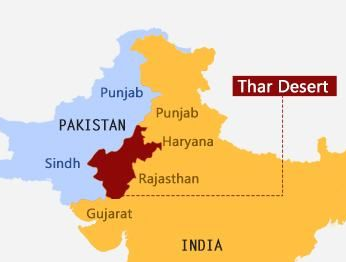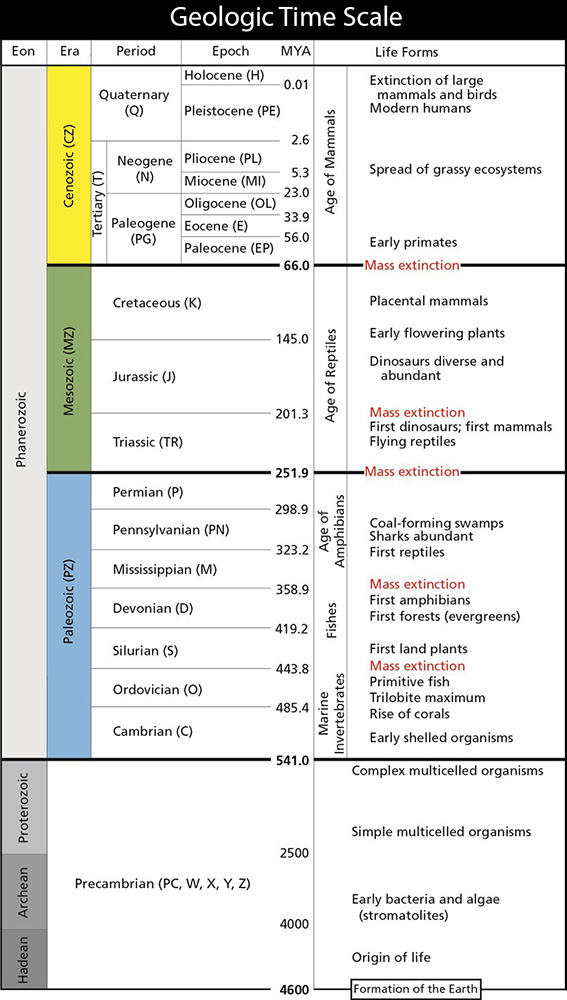Geography
Footprints of 3 Dinosaur Species: Rajasthan
- 11 Sep 2021
- 3 min read
Why in News
Recently, in a major discovery, footprints of three species of dinosaurs have been found in the Thar desert in Rajasthan’s Jaisalmer district.
- It proves the presence of the giant reptiles in the western part of the State.
Key Points
- About the Discovery:
- The footprints belong to three species of dinosaurs - Eubrontes cf. giganteus, Eubrontes glenrosensis and Grallator tenuis.
- The footprints were 200 million years old.
- The dinosaur species are considered to be of the theropod type, with the distinguishing features of hollow bones and feet with three digits (like fingers).
- Theropod is any member of the dinosaur subgroup Theropoda, which includes all the flesh-eating dinosaurs.
- All the three species, belonging to the early Jurassic period, were carnivorous.
- The 'Age of Dinosaurs' (the Mesozoic Era - 252-66 Million Years Ago - MYA) included three consecutive geologic time periods (the Triassic, Jurassic, and Cretaceous Periods). Different dinosaur species lived during each of these three periods.
- Thar Desert:
- Naming: The name ‘Thar’ is derived from thul, the general term for the region’s sand ridges. It is also called the ‘Great Indian Desert’.
- Location: Partly in Rajasthan state, northwestern India, and partly in Punjab and Sindh provinces, eastern Pakistan.
- It is bordered by the irrigated Indus River plain to the west, the Punjab Plain to the north and northeast, the Aravalli Range to the southeast, and the Rann of Kachchh to the south.
- Features:
- An arid region that covers over 2,00,000 sq km.
- The surface consists of aeolian (wind-deposited) sand that has accumulated over the past 1.8 million years.
- Presents an undulating surface, with high and low sand dunes separated by sandy plains and low barren hills, or bhakars, which rise abruptly from the surrounding plains.
- Barchan, also spelled Barkhan, crescent-shaped sand dune produced by the action of wind predominately from one direction.
- Several playas (saline lake beds), locally known as dhands, are scattered throughout the region.
- The desert supports a relatively rich biodiversity with several large mammals, notably the blue bull, blackbuck, and Indian gazelle or chinkara.








